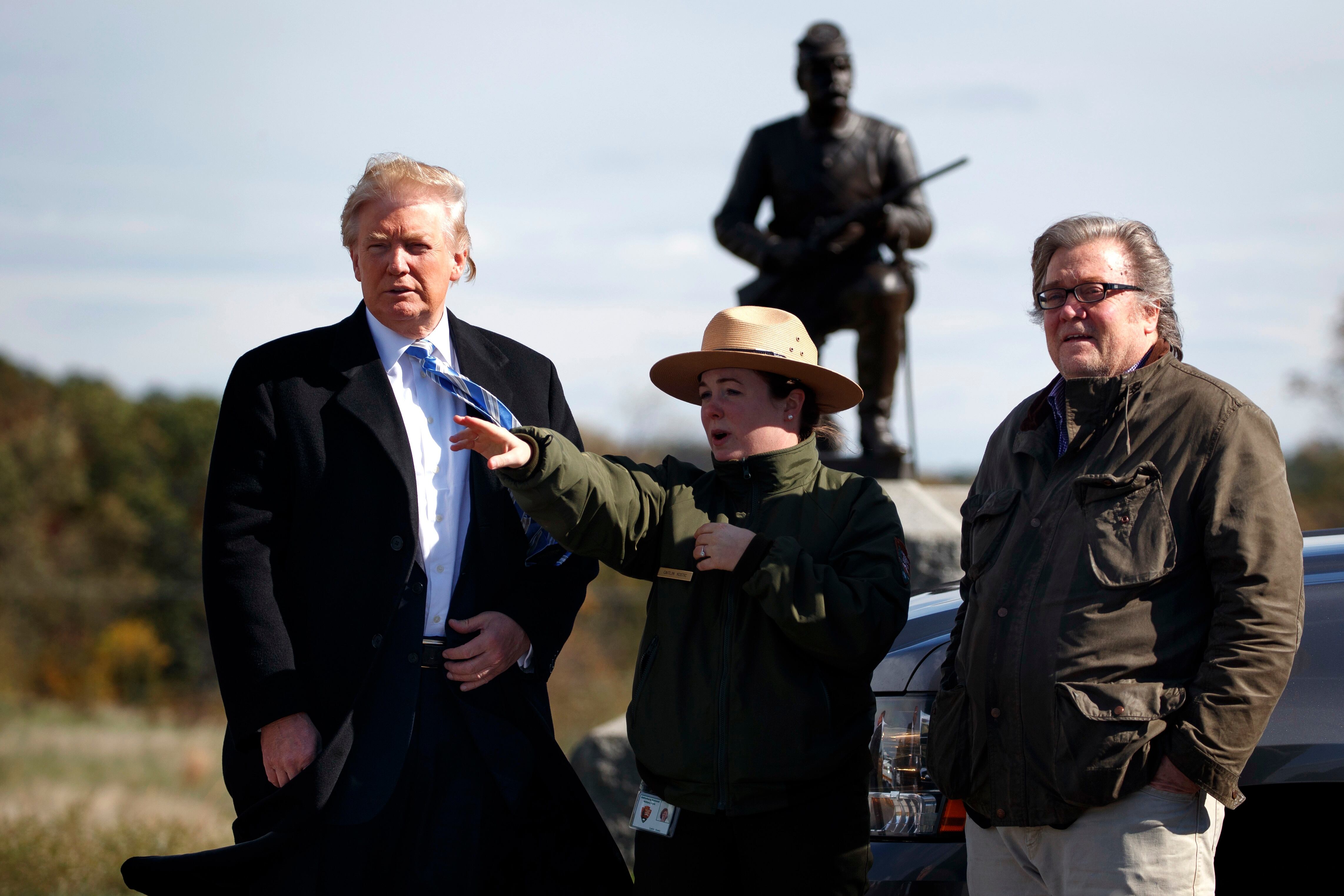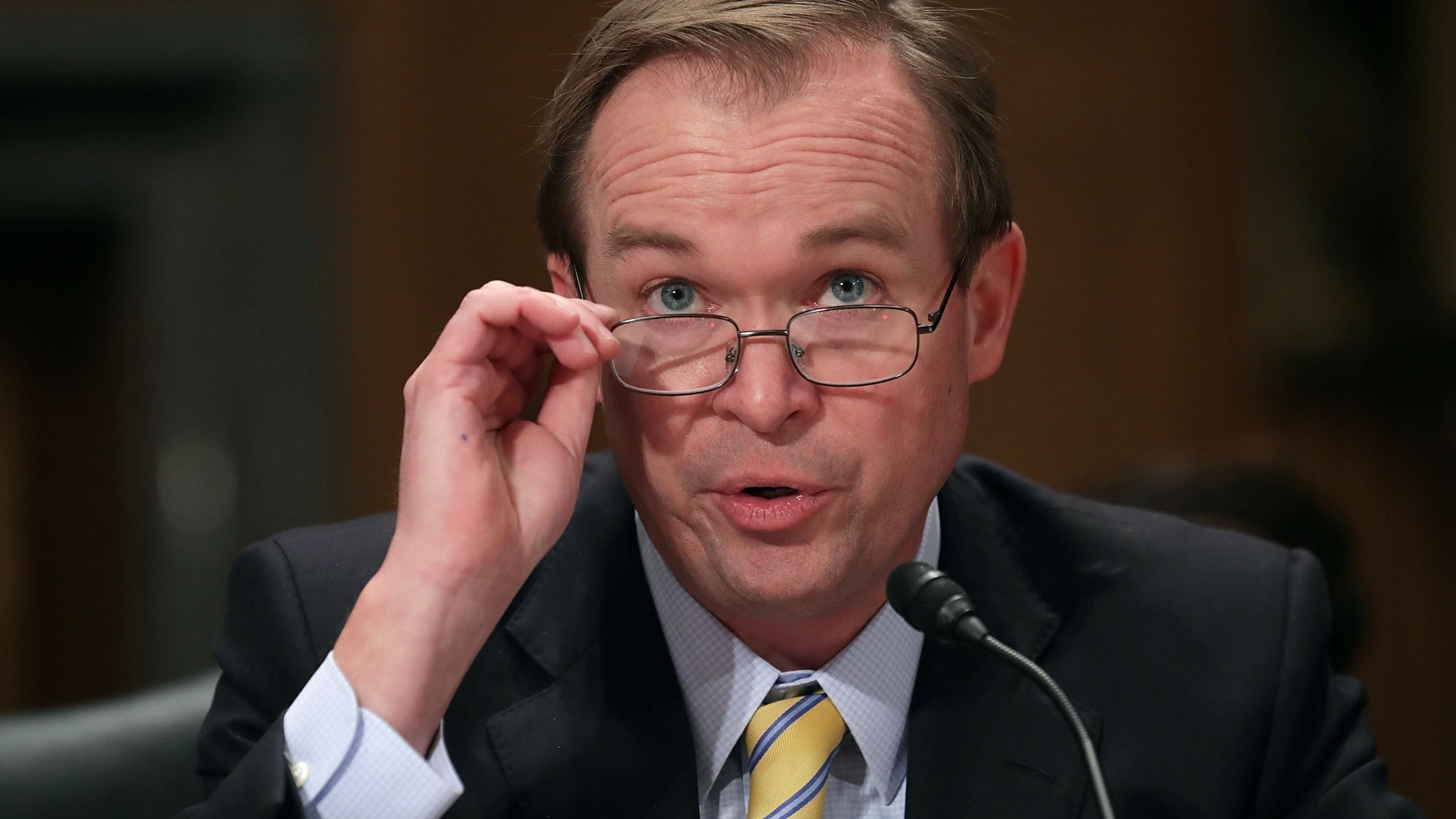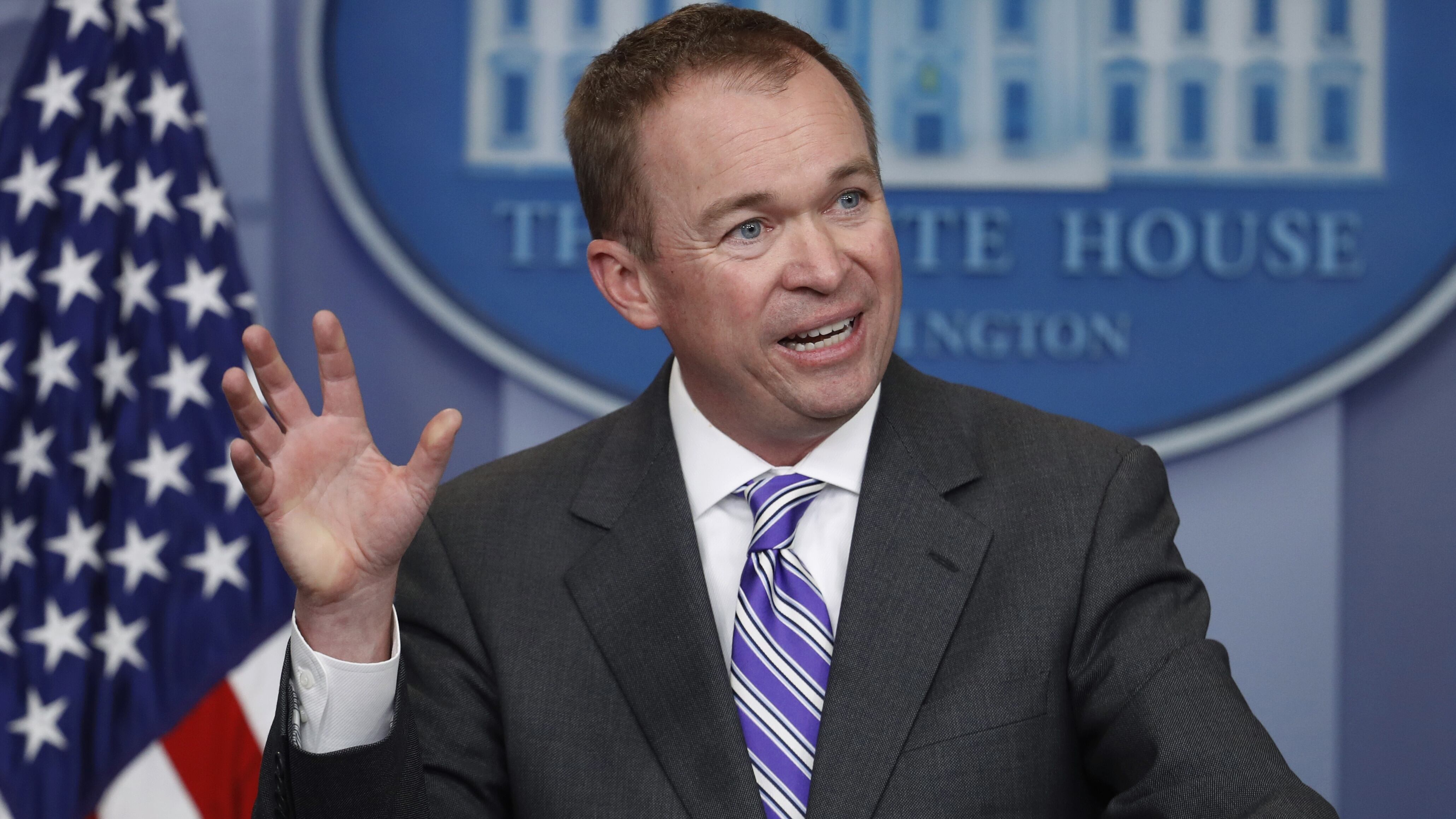The House Subcommittee on Regulatory Affairs and Federal Management held a panel on Sept. 13, 2017 to discuss the missions of federal agencies in complying with the Office of Management and Budget’s proposed government reorganization.
OMB’s memorandum is entitled “Comprehensive Plan for Reforming the Federal Government and Reducing the Civilian Workforce.” It intends to reorganize efforts to improve the effectiveness and efficiency of the federal government by focusing on the consolidation of smaller federal agencies into larger ones, eliminating duplicitous ones, and to overall streamline operations by reducing the federal workforce.
RELATED

Subcommittee Chairman Sen. James Lankford, R-Okla., indicated that the Government Accountability Office still had 379 duplicitous programs that had yet to be addressed. Examples of such programs included the Department of Justice’s Criminal Division having four separate divisions focused on their own separate criminal sections.
OMB declined to attend the hearing, a decision criticized by both Lankford and ranking member Heidi Heitkamp, D-N.D.
The hearing was attended by four experts from think tanks and executive agencies in order to testify on the potential effects of federal reorganization, as well as give their own recommendations on the issue.
Robert Shea, a principal of Grant Thornton and former associate director for administration and government performance at OMB, indicated that state and local government performance could be improved if the impact of of extensive overlap and duplication of federal agencies was minimized. He recommended active collaboration with internal and external stakeholders, to have agreement on the intended outcomes among all actors, and to realize that reorganization is expensive and it’s impact will not immediately felt.
RELATED

Rachel Greszler, a research fellow at the Heritage Foundation, indicated that the biggest opponent of reorganization tended to be the Iron Triangle of federal agency administrators, interest groups and congressional committees. The Iron Triangle resists reorganization due to the fact that changes to, or elimination of specific agencies and departments could result in a loss of jobs, taxpayer benefits and power.
Greszler proposed that there be a bipartisan reorganization commission created by Congress consisting of independent experts conducting review. The president and Congress would then submit changes to the commission’s recommendations, and the commission would then accept or reject them.
Christopher Edwards, director of tax policy studies at the Cato Institute, stated that the increase in federal deficit spending could threaten a financial crisis and cited polling data showing overall dissatisfaction that citizens felt with regard to federal government spending. Edwards’ recommendations included a refocusing of federal activities toward specific federal roles, devolving more policy actions to state and local governments, and to have a requirement for cost-benefit analyses of federal agency spending.
The final witness was Tony Reardon, the national president of the National Treasury Employees Union. Reardon expressed concerns that agencies were being directed to make workforce reductions based only on proposed budgets that have not been approved by Congress. He feared that staff reductions will be supplemented with the outsourcing of federal functions and services towards the private sector.
RELATED

Reardon’s recommendations focused on having front-line federal employees in the decision process with regard to reorganization efforts. Specifics included filling existing vacancies within the agencies, empowering front-line decision making to improve group and individual confidence, and ensure that federal employees retain their given resources to effectively achieve their missions.





